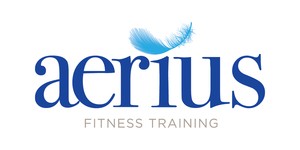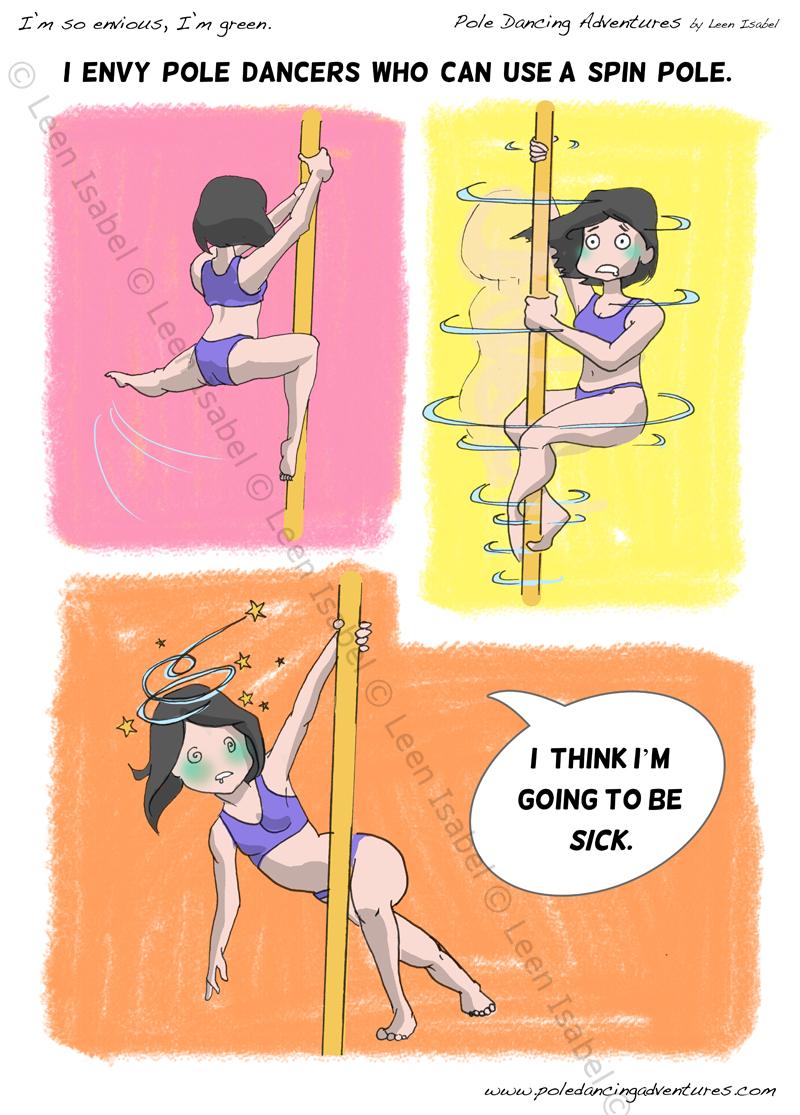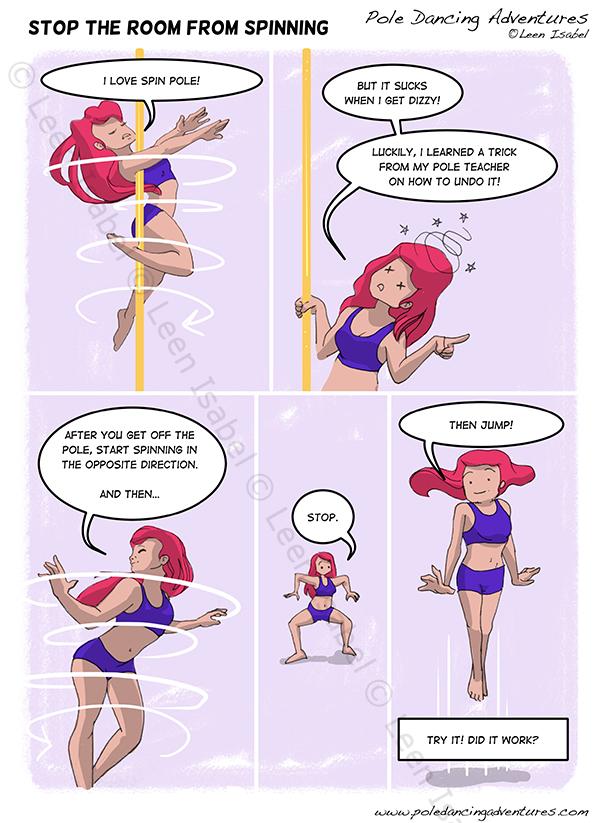
The Aerius Fitness Training: Beginner Level 1 & 2 Aerial Hoop (Lyra) Instructor Training Course covers the foundational building blocks for Aerial Hoop Fitness techniques. Participants of this course will expand their knowledge and understanding of beginner Aerial Hoop techniques, how to teach students of various skill levels, safe Aerial Hoop practices, and more.
The Aerius Fitness Instructor Training Manual Includes:
- Principles and Physics of Aerial Hoop
- Exercise Science & Anatomy
- Equipment and Maintenance
- Aerial Fitness Safety & Emergency Procedures
- Safe Spotting Techniques
- Various Cueing, Teaching, and Learning Styles
- Choreography
- Effective Lesson Planning
- Class Format and Structure
- Flexibility Exercises
- Strength Conditioning
- Warm-Up and Cool Down
- Over 170 Pages of Full Color Photos
Each of the techniques in the manual are described in detail, with movement break down, points of contact, body mechanics and alignment, movement progressions and regressions, common mistakes, cueing and teaching tips.
*Pre-requisite: Participants of this course are recommended to have at least 6 months of aerial fitness experience prior to course registration.
Training Schedule:
DAY 1: Includes lecture on principles of aerial hoop fitness, injury prevention and safety techniques, warm-up and cool down structure, level 1 movement, teaching activities, and cueing skills.
DAY 2: Begins with a Level 1 Master Class emphasizing Day 1 teachings, continuing with Level 2 movement, creating choreography, effective lesson planning, cross-training flexibility and strength training exercises, teaching activities, and course assessment.
To register for a training, contact us.


